Yes. Insurance for a single day is available.
Driving in Mexico: Rules, Tips & Requirements
PUBLISHED ON Apr, 10 2024
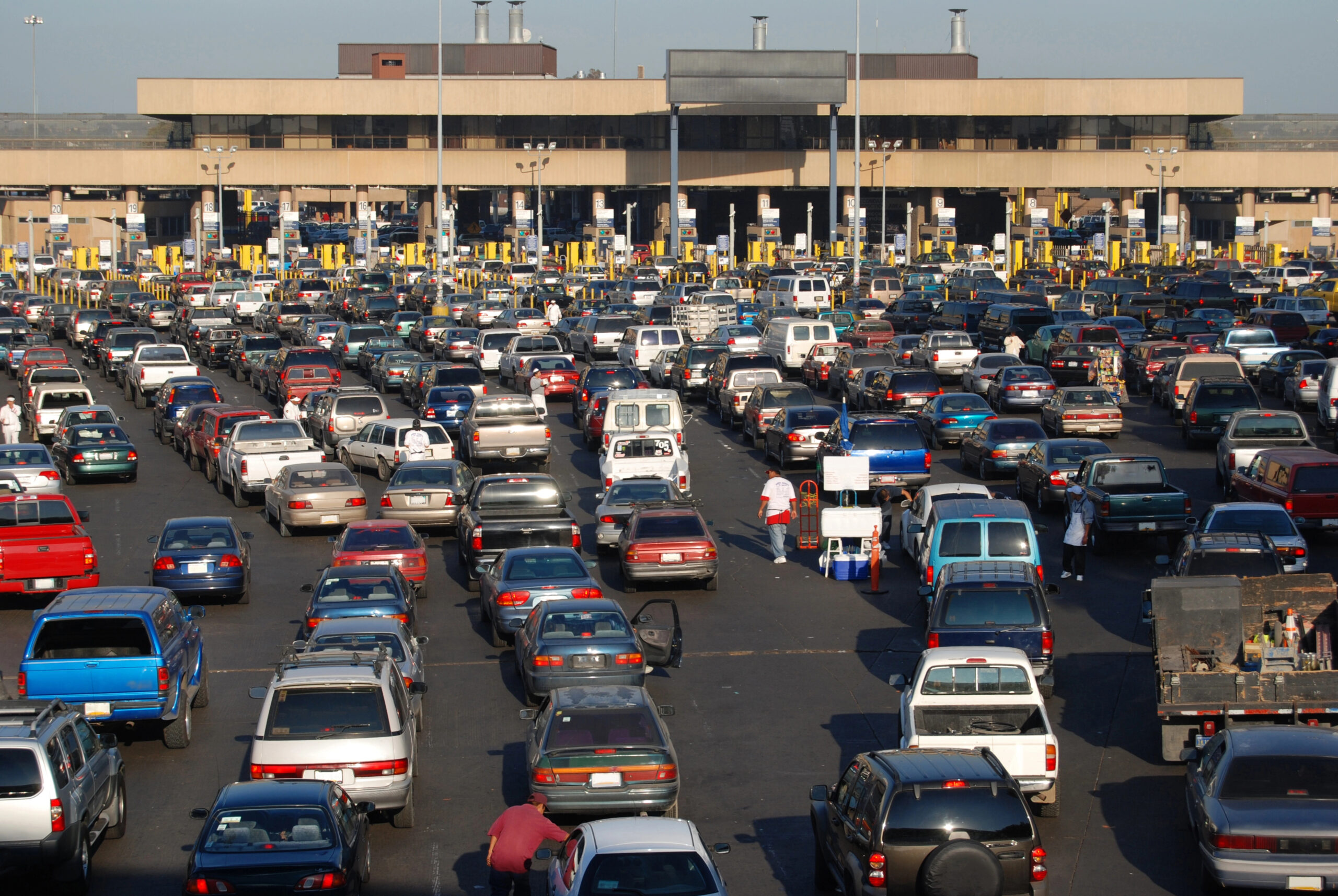
Navigating the Highways and Byways of Mexico
Driving in Mexico can be an exhilarating experience, offering the freedom to explore breathtaking landscapes and vibrant cities at your own pace. But before you hit the road, it’s vital to understand the quirks and nuances of Mexican driving culture.
Understanding Mexican Road Etiquette
The rhythm of traffic in Mexico is like a dance, a blend of caution and assertiveness, with each driver tuning into the collective flow. Remember these key points:
- Leave Aggression at the Border: Courtesy is surprisingly common, and cooperation often trumps competition. Drivers tend to be mindful of one another, albeit with a few exceptions.
- Lane Usage: Avoid lingering in the far right lane, and use the far left only for continuous driving. Plan your exit moves early, as signs might give overly ample or nearly nonexistent notice.

Highway in Mexico illustrating lane discipline
The Legal Lay of the Land: Compliance for Foreign Drivers
Driving in Mexico demands keen awareness of legal requirements designed to protect both the traveler and the residents. As a foreign driver, you must navigate these regulations to avoid any legal mishaps.
The Legal Lay of the Land: Compliance for Foreign Drivers
- Valid Insurance: Ensure your vehicle is covered by Mexican insurance, which is obligatory and different from your home country’s policy.
- Health Precautions: Consider an emergency medical air evacuation plan for extra peace of mind.
- Right Documentation: At a minimum, carry a valid driver’s license from your home country, passport, rental agreement, and your auto rental insurance policy.
- Temporary Vehicle Import Permit (TIP): If you’re driving outside the free zone, you’ll need a TIP. This can be obtained at the Banjercito office but requires a deposit and paperwork.
- Driving Legally: Adhering to speed limits and road signs is paramount. Speed limits may be in kilometers per hour, not miles, so make sure your conversions are accurate.
- Understanding the Free Zone: This is a designated area along the borders where foreign vehicles are exempt from registering for a TIP. Outside this area, registration is mandatory.
For your convenience, we’ve created a checklist of essential items to keep in a vehicle when driving in Mexico:
- First-aid kit: Include bandages, antiseptic wipes, gauze pads, adhesive tape, and pain relievers.
- Spare tire: Ensure it’s properly inflated and in good condition.
- Emergency contact numbers: Keep a list of local emergency services, roadside assistance, and contacts for your insurance provider.
- Vehicle documents: Carry your passport, proof of insurance, vehicle registration, and driver’s license.
- Vehicle importation permit: Obtain if traveling beyond the Mexico border zone.
- Basic toolkit: Include items like wrenches, screwdrivers, and pliers for minor repairs.
Preparing for Your Mexican Road Trip Adventure
Essential Documentation and Requirements for Driving
Before setting out on a Mexican roadway adventure, ensuring you have all the necessary documents in order is critical. This can prevent unwelcome delays and ensure a smoother journey.
Essential Documentation and Requirements for Driving

International Driving Permit
- A Valid Passport: Make sure your passport is current, as it’s required when applying for various travel permits.
- Driver’s License: Your U.S. driver’s license is acceptable for driving in Mexico, though carrying an International Driving Permit (IDP) as a supplement can be helpful.
- Car Registration: Keep your vehicle registration documents handy, especially if you’re bringing your own car across the border.
- Temporary Vehicle Importation Permit (TVIP): Necessary if you travel beyond the Free Zone, this permit is your vehicle’s ‘passport’ and must be returned upon exiting Mexico to get your deposit back.
- Mexican Tourist Card/Entry Permit (FMM): This formality is required and can be easily obtained at the border or online.
- Proof of Mexican Auto Insurance: U.S. or Canadian car insurance is invalid in Mexico, so obtaining local insurance is essential.
“Before driving to Mexico from the U.S., I was apprehensive about the documentation process. However, with proper research and preparation, it turned out to be easier than expected.” Julie Rose
Make sure to confirm these requirements close to your departure date, as they can change. For optimum peace of mind, consider compiling your documents in a digital format accessible through your smartphone or tablet, so they’re always at your fingertips.
Vehicle Preparation and Rental Considerations
Before embarking on your Mexican road trip, ensure your mode of transportation is up to the task. Whether you’re bringing your own car or renting one there, preparation and understanding the rental landscape is crucial.
Vehicle Preparation and Rental Considerations
- Maintenance Check: A thorough vehicle inspection is key. Have a trusted mechanic check your engine, tires, brakes, and fluid levels to ensure everything is road-trip ready. [Insert example checklist of car maintenance points]
- Safety Gear: Equip your car with emergency items such as jumper cables, a spare tire, flashlight, and basic tools. Don’t forget a first aid kit for unexpected incidents. [Insert photo of a fully stocked road trip emergency kit]
- Car Rental: If renting in Mexico, choose a reputable rental company. Review the insurance policy closely – it’s often mandatory and included in the rental price, but additional coverage might be recommended.
- Inspect the Rental Car: Before driving off, inspect the rental for pre-existing damage and ensure all its documentation is up to date.
- Rental Deposits: Be prepared for a credit card hold as a security deposit, and clarify the return policy to avoid misunderstandings.

Pre-rental inspection
Taking these steps before you hit the road can help protect you from the inconvenience of mechanical troubles and provide peace of mind, leaving you free to enjoy the vibrant landscapes and rich culture of Mexico.
Traveling Safely on Mexican Roads
Tips to Tackle Topes and Potholes Efficiently
Navigating Mexico’s roads means not only sharing them with other motorists but also facing some notorious physical challenges: topes (speed bumps) and potholes. Here’s how you can tackle these obstacles efficiently and minimize vehicle damage:
Tips to Tackle Topes and Potholes Efficiently
- Stay Alert: Constant vigilance is key. Watch the behavior of other vehicles ahead; sudden braking or swerving can indicate an upcoming tope or pothole.
- Slow Down: When you spot a tope or deep pothole, reduce your speed significantly to avoid damage to your vehicle’s undercarriage or tires.
- Use Daylight: Whenever possible, plan your driving during daylight hours when topes and potholes are easier to spot.
- Follow Locals: Observe and mimic how local drivers navigate these road features; they have invaluable experience.
- Avoid Tailgating: Keeping a safe distance from the car in front provides more reaction time to slow down for topes that suddenly appear.
These tips aren’t just about avoiding harm to your vehicle; they’re also for your safety and comfort. Staying aware and proactive when driving can make your road experience in Mexico much more pleasant.
Insights on Night Travel and Safety Measures
Traveling at night in Mexico presents a different set of challenges and requires extra precautions. To ensure a safe after-dark driving experience, consider the following insights and safety measures:
Insights on Night Travel and Safety Measures
- Daylight Preference: Aim to reach your destination before nightfall. Roads can be poorly lit, and potential hazards, like potholes or pedestrians, become difficult to see.
- Know the Route: Familiarize yourself with your route. Avoiding unexpected detours at night is critical for safety.
- Stay on Toll Roads: Known as ‘cuotas,’ these roads are generally better maintained, have more consistent signage, and are patrolled more frequently than free roads, or ‘libres.’
- Vehicle Condition: Ensure all lights are functional, and the vehicle is mechanically sound for night travel.
- Fuel Up: Avoid running low on gas by filling up before dusk. Gas stations can be sparse and may not operate late at night.
- Emergency Contacts: Have a list of contacts, including roadside assistance and local emergency numbers, saved in your phone.
- Travel in Groups: If possible, caravan with other vehicles. There’s safety in numbers and having companions can be invaluable if you encounter trouble.

Main Toll Roads in Mexico
These measures don’t guarantee a risk-free journey, but they greatly improve your chances of a safe night travel experience in Mexico.
Insurance and Emergency Protocols
Choosing the Right Rental Car Insurance for Mexico
Securing the right auto insurance is a vital step before driving in Mexico. Unlike in the U.S., your domestic policy won’t cover you across the border, and navigating Mexican insurance can be a minefield if you’re unprepared.
Choosing the Right Rental Car Insurance for Mexico
- Legally Required: First and foremost, recognize that Mexican law requires you to have liability insurance from a licensed provider operating in Mexico. Without it, you could face fines or even detention in the event of an accident.
- Consider Coverage: Look for policies offering liability, legal, medical, and roadside assistance. Comprehensive plans may also cover physical damage to your vehicle.
- Understand Policy Limits: Make sure the policy limits reflect the potential costs of accidents in Mexico. You don’t want to be underinsured.
- Research Providers: Compare quotes and research company reputations. Dedicated brokers that specialize in Mexican insurance can be invaluable.
- Short-Term or Long-Term: Decide whether you need a policy for just a few days, several months, or even a year. The duration can significantly affect the price.
When it comes to rental car insurance for Mexico, being over-prepared is better than being underinsured. Ensure you have the right protection to keep your trip worry-free.
See How Much You Can Save on Your Rental Car Insurance for Mexico
Get StartedWhat to Do in Case of Breakdowns or Accidents
On the road, surprises happen, and it’s vital to be prepared for the unpredictable. While Mexico offers many beautiful sights by road, knowing how to handle vehicle breakdowns or accidents is essential for your safety and peace of mind.
What to Do in Case of Breakdowns or Accidents
Breakdowns:
- Pull Over Safely: If your vehicle breaks down, get to the side of the road as far as possible and set up your emergency triangle to alert other drivers.
- Use Roadside Assistance: If you opted for roadside assistance in your insurance policy, now’s the time to call them.
- Stay With Your Vehicle: If you are in a remote area, it’s generally safer to remain with your vehicle while waiting for help.
Accidents:
- Do Not Move Your Vehicle: After an accident, leave your car in place to await the insurance adjustor unless a police officer instructs otherwise.
- Call Insurance Immediately: Notify your insurance company right away, and they will guide you on the next steps.
- Document the Scene: Take photos from various angles, including the surrounding area, to document the incident for your insurance claim.
- Police and Adjustor Interaction: Exchange information with the other party, and when the police and insurance adjustor arrive, ensure all details are thoroughly recorded.
These steps can greatly influence the outcome of an unfortunate event on Mexican roads, turning a potential ordeal into a manageable situation.
Adaptation and Cultural Nuances While Driving in Mexico
Interpretations of Traffic Signals and Local Habits
As a foreign driver in Mexico, you’ll encounter a blend of familiar and unique road signals along with local driving habits that might be puzzling or surprising. Understanding these will help you integrate smoothly into the traffic flow and avoid potential misunderstandings.
Interpretations of Traffic Signals and Local Habits
- Traffic Signals: Be aware that drivers often view stop signs more as suggestions than commands. At four-way stops, the ‘uno y uno’ (one-and-one) approach–taking turns–is expected.
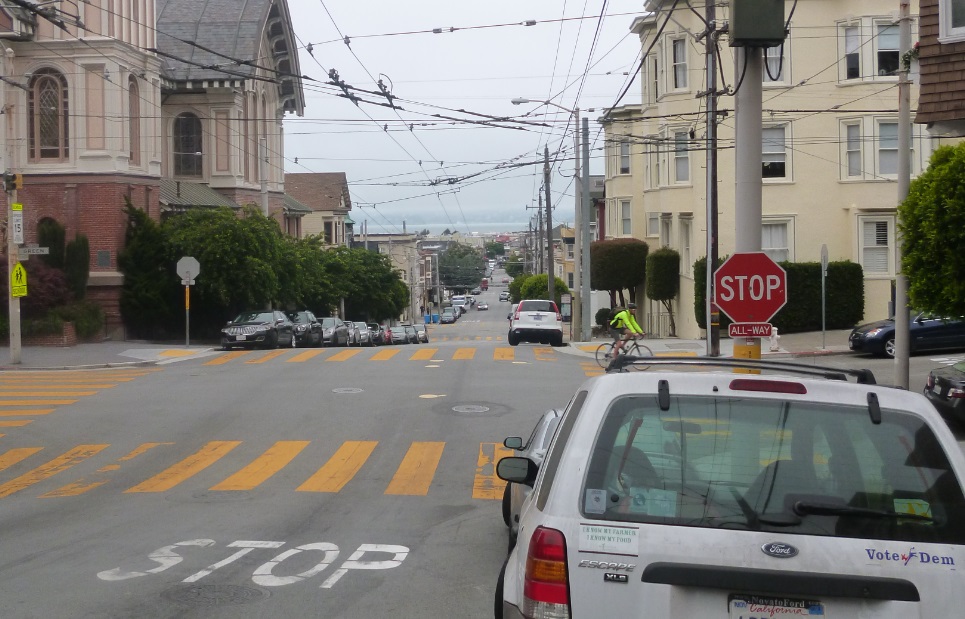
Four-way stop etiquette in Mexico
- Unconventional Stop Signs: Sometimes, stop signs are not immediately at the intersection but rather before or even after, which can be confusing. Always approach intersections with caution.
- Importance of Avoiding Accidents: Remember, having the right of way is less crucial than preventing a collision. It’s common practice to slow down and be extra vigilant at intersections, even if you have the right of way.
- Local Courtesy Signals: For example, when a semi-truck activates its left turn signal on a two-lane highway, it’s often not about turning but indicating it’s safe for you to overtake. However, use your discretion and never compromise safety.
- Yielding Patterns: Watch how local drivers yield or stop; following their lead can offer insights into the unspoken ‘rules’ of the road.
- Contradiction in Signals: Your use of turn signals may be interpreted differently; in Mexico, a left turn signal could mean that you are signaling for the vehicle behind to pass.
Adjusting to these subtleties can help one navigate the roads in Mexico more effectively.
Dealing with Checkpoints and Customary Courtesies
When driving through Mexico, it’s quite common to encounter military checkpoints. These are established to maintain security and combat illicit activities. Understanding how to handle these situations respectfully and efficiently is key to a smooth journey.
Dealing with Checkpoints and Customary Courtesies
- Documentation Ready: Have your driving documents readily accessible. This includes your passport, driver’s license, car registration, and proof of insurance.
- Remain Polite: Courtesy goes a long way. Greet the officers warmly and cooperate fully with any requests for information or inspection.
- Stay Calm: Approach checkpoints calmly, reduce speed, and follow any directions provided by the authorities.
- Understanding the Purpose: Keep in mind that these checks are for your safety as much as for national security. The Federales and military personnel are there to minimize illegal activities, not to inconvenience law-abiding travelers.
If faced with corruption:
- Know Your Rights: You’re entitled to a fair and legal process. If an official acts improperly, note their name or badge number.
- Report Incidents: Utilize apps like Denuncia Paisano to report any corrupt activities or unfair treatment. A dashcam can also help to dissuade any illegitimate requests for bribes.
- Be Firm but Polite: If you’re certain a request is not justified, you can refuse to comply but do so respectfully and without escalating the situation.
Adhere to these considerations, and most checkpoint experiences should be straightforward, reinforcing safety measures designed to protect both residents and visitors traversing Mexico’s diverse roads.
FAQ: Frequently Asked Questions About Driving in Mexico
Can I drive in Mexico with my U.S. driver’s license?
Yes, you can drive in Mexico with your U.S. driver’s license. Make sure it’s valid and ideally has at least six months before expiring to avoid any complications. Carry your license along with other necessary documents whenever you’re driving.
Are there specific requirements for renting a car in Mexico?
To rent a car in Mexico, you must be at least 25 years old and have held your driver’s license for a minimum of two years. Some rental agreements may require you to have had a license for a minimum of five years. You’ll need a valid U.S. driver’s license, proof of car insurance, and a valid credit card for the reservation and any incidentals.
How do I handle police interactions while driving in Mexico?
Remain calm and polite during police interactions in Mexico. Present your driving documents if requested. Understand that traffic police (transito) handle road incidents, and it’s normal for them to ask for vehicle papers. Refrain from engaging in bribery; if you are legitimately fined, ask for the ticket and pay it at the designated place. If an officer makes unjust demands, you may respectfully decline and request to be taken to the nearest police station for clarification.
What are cuota roads, and should I prefer them over libre roads?
Cuota roads are toll roads offering faster travel and better maintenance in Mexico; they generally provide a safer driving experience than libre roads, which are free but may have more traffic, stops, and potential hazards. If you’re traveling long distances, especially between states, it’s recommended to use cuota roads when available for a smoother and safer journey. Keep sufficient cash in pesos for the tolls, as not all toll booths accept cards or foreign currency.
Travel Tips and Guides
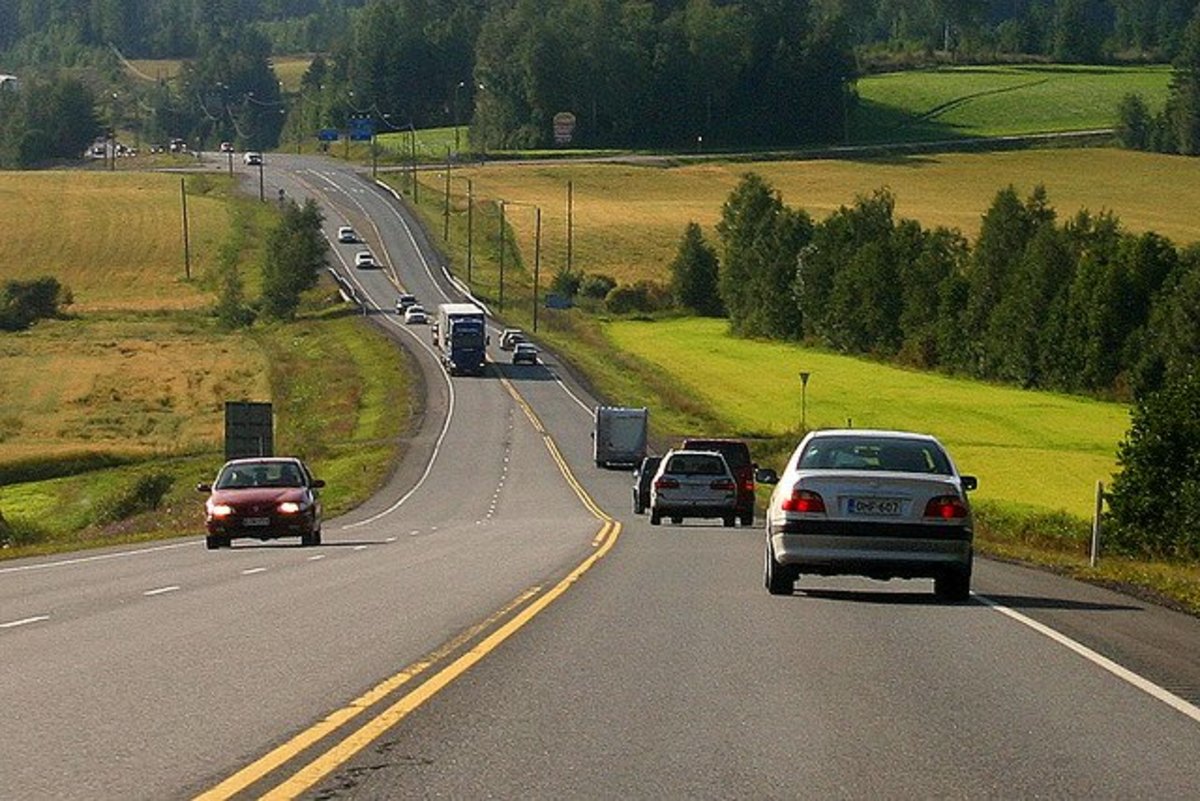
Worldwide Drive: Explore Right-Hand Traffic Countries and How to Adjust to Driving on the Right
Gil Farkash
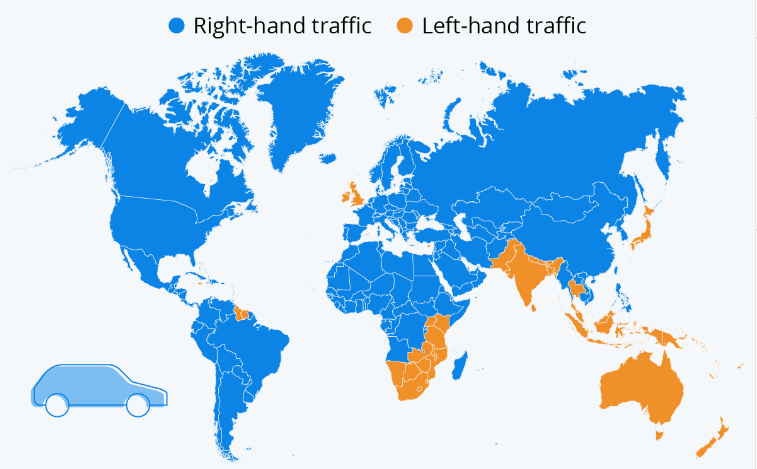
Countries That Drive on the Left: Find Out Which Countries Drive on the Left Side of the Road
Gil Farkash
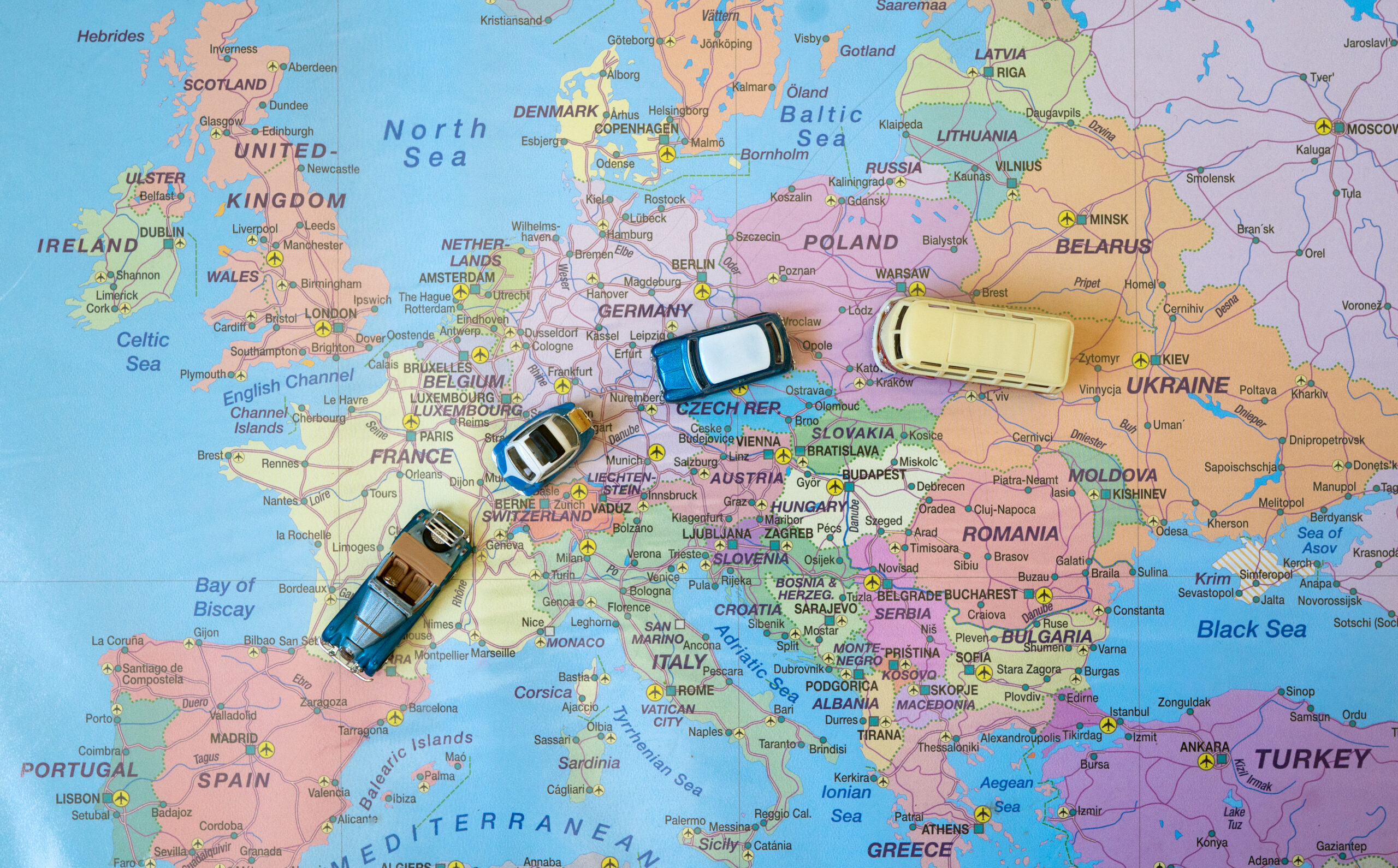
Driving in Europe Simplified: A Traveler's Guide to Euro Road Rules
Gil Farkash
Frequently Asked Questions (FAQ)
No. We provide a single journey plan. You are covered from the time you pick up the rental car up to the time you return it or on the last date written on your Certificate of Insurance, whichever comes first.
No. You should purchase a policy before starting your travel.
Find the answers you’re looking for to the most frequently asked car hire insurance questions as well as other questions relating to our products and services.
